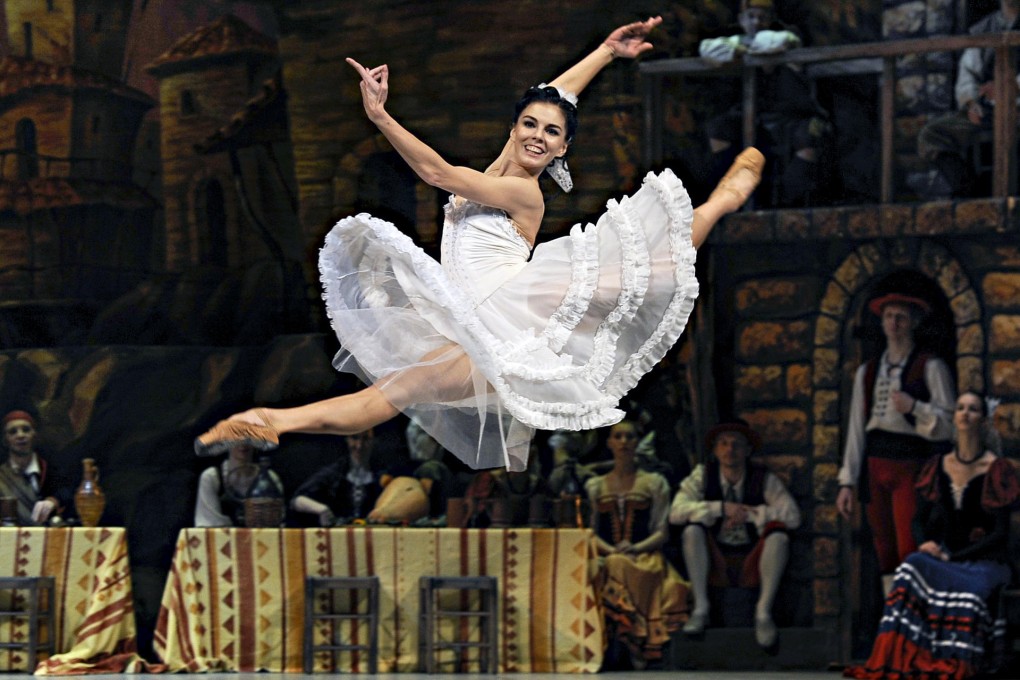Footloose ballet stars leap to different troupes to expand their global reach
Footloose ballet stars bound for glory

A wave of international ballet stars are increasingly leaping from company to company, creating their own brands and becoming more like world-travelling conductors and opera stars.
In doing so, they are upending ballet's traditional professional path and changing an art form long defined by national styles that dancers perfected as they grew up with - and stayed loyal to - a single company.
"The talented people belong not to one company, but to the dance world," says the Russian ballerina Natalia Osipova. "In opera, this happens already. You have a chorus, but principals from all over the world."
Osipova, 27, is a prime example. She recently danced her first Juliet as a member of Britain's Royal Ballet, the fourth dance troupe she has joined in two years.
Her virtuosity and charisma has taken her from the Bolshoi Ballet in Moscow to the Mikhailovsky Ballet in St Petersburg, Russia, to the Royal, even as she belonged to New York City's American Ballet Theatre, and was a guest dancer with La Scala in Milan and the Australian Ballet.
Ballet has always had a handful of major stars, including Rudolf Nureyev, Mikhail Baryshnikov and Sylvie Guillem, whose fame and box-office appeal allowed them to maintainjet-setting careers.
But the practice has grown in recent years, with some of the biggest names in the ballet world - Osipova, David Hallberg, Sergei Polunin, Ivan Vasiliev, Alina Cojocaru - now not only switching among troupes, but often belonging to more than one company at a time.